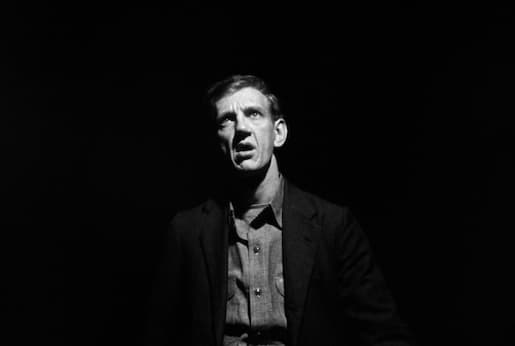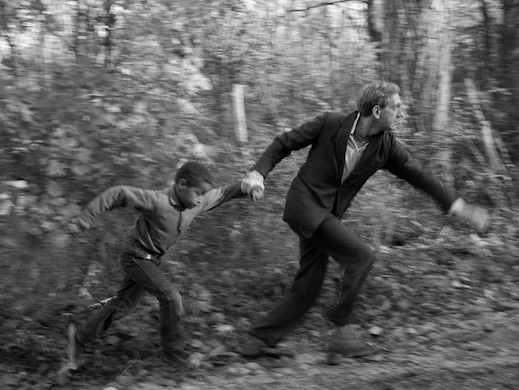At Long Last, It Is ‘Time of the Heathen’ at Lincoln Center
Peter Kass’s picture, an unclassifiable example of independent cinema that’s screening at New York for the first time since its release 63 years ago, plays out like a comic grotesquery as imagined by Flannery O’Connor.

‘Time of the Heathen’
Film at Lincoln Center
May 10-16
“Time of the Heathen,” the one-and-only film by Peter Kass (1923-2008), is having its New York City theatrical premiere at Film at Lincoln Center 63 years after its initial release. Where and when the picture was originally screened is unclear, but there’s no doubt that it was long considered lost. Somebody remembered it well enough to have located the original negatives at the British Film Institute and, then, a reference print at the Swedish Film Institute.
The digitally restored version now available comes with an original title card from the British Board of Film Censors certifying that the picture has “been Passed for Exhibition when no child under 16 is present.”
All of which is odd given that “Time of the Heathen” is a distinctly American movie, a Southern Gothic in tone if not locale. The circuitous tale of this curious picture will, I hope, be discussed at Lincoln Center on May 12, when a film preservationist, Ross Lipman and the director and curator of Lightbox Film Center at the University of the Arts, Jesse Pires, will be on hand for the 4 p.m. showing.
Then again, an air of mystery suits this unclassifiable example of independent cinema. “Time of the Heathen” is a stark, low-budget affair. Filmed largely in black-and-white, the picture’s only cast member of note is John Heffernan (1934-2018), an actor who worked on stage, screen, soaps, and pseudo-soaps — that is to say, the soap opera satire “Mary Hartman, Mary Hartman.” With his scraggly build and bulbous features, Heffernan cuts a memorable figure. The name of Heffernan’s character, Gaunt, suits the actor to a T.

“The story of this film takes place in a period four years after the BOMB fell on Hiroshima” — so reads the introduction. After which we see Gaunt, from the waist up, striding, striding, striding toward the camera as the credits roll. The screen behind him flits between black and white as we watch Gaunt charging through a field of grass. A raft of planes passes by, momentarily distracting him. Where and why he’s traveling is unknown. When Gaunt is stopped by a country policeman, he’s hard-pressed to answer even the most straightforward of questions.
Other than the clothes on his back, the only item in Gaunt’s possession is a bible. Ezekiel 30:3 is uppermost in his mind, a passage he’s able to quote from memory: “For the day is near, even the day of the Lord is near, a cloudy day; it shall be the time of the heathen.” The puzzled officer sends the inarticulate stranger on his way with a warning not to dawdle in this jurisdiction. Gaunt, we intuit, has no plans to settle. He’s not running to; it’s clear he’s running from.
In the meantime, the audience has been made privy to a rape and murder involving the son of a local farmer, Ted (Stewart Heller), and the family’s maid, Marie (Ethel Ayler). Gaunt stumbles onto the scene of the crime minutes after it has occurred, as does Marie’s young son Jesse (Barry Collins).
As incomprehension passes across all of their faces, Ted’s father Link (Orville Steward) arrives, sizes up the situation, and outlines a plan in which Gaunt will be framed for Marie’s murder. Link plans to shoot Gaunt as he’s given some leeway to escape. The law won’t look too far askance at the killing of a wayward hobo. As for the mute colored boy, well, who’s going to believe him?
What follows is a game of cat-and-mouse in which America’s racial past is promiscuously commingled with the repercussions of living in the atomic age. For the most part, Kass’s picture plays out like a comic grotesquery as imagined by Flannery O’Connor. Only in the last minutes does the story take a hallucinogenic curve, adding not only color film stock, but documentary footage and an ending that is as inevitable as it is fatalistic.
“Time of the Heathen” is, in the end, frustrating as a morality play and lumbering as cinema, but endowed, all the same, with something poetic and true. It is a discomfiting addition to the corpus of American cinema.

